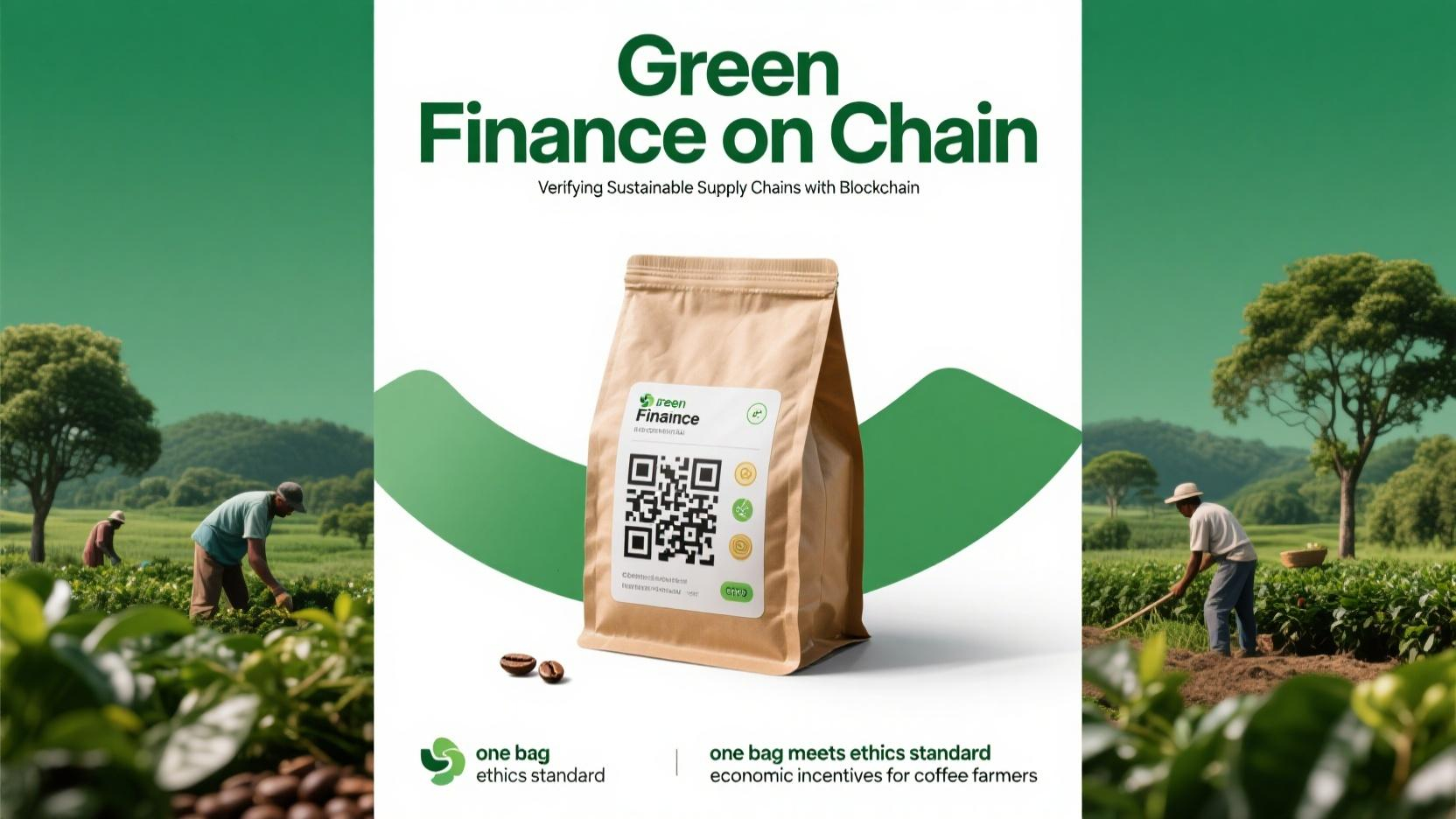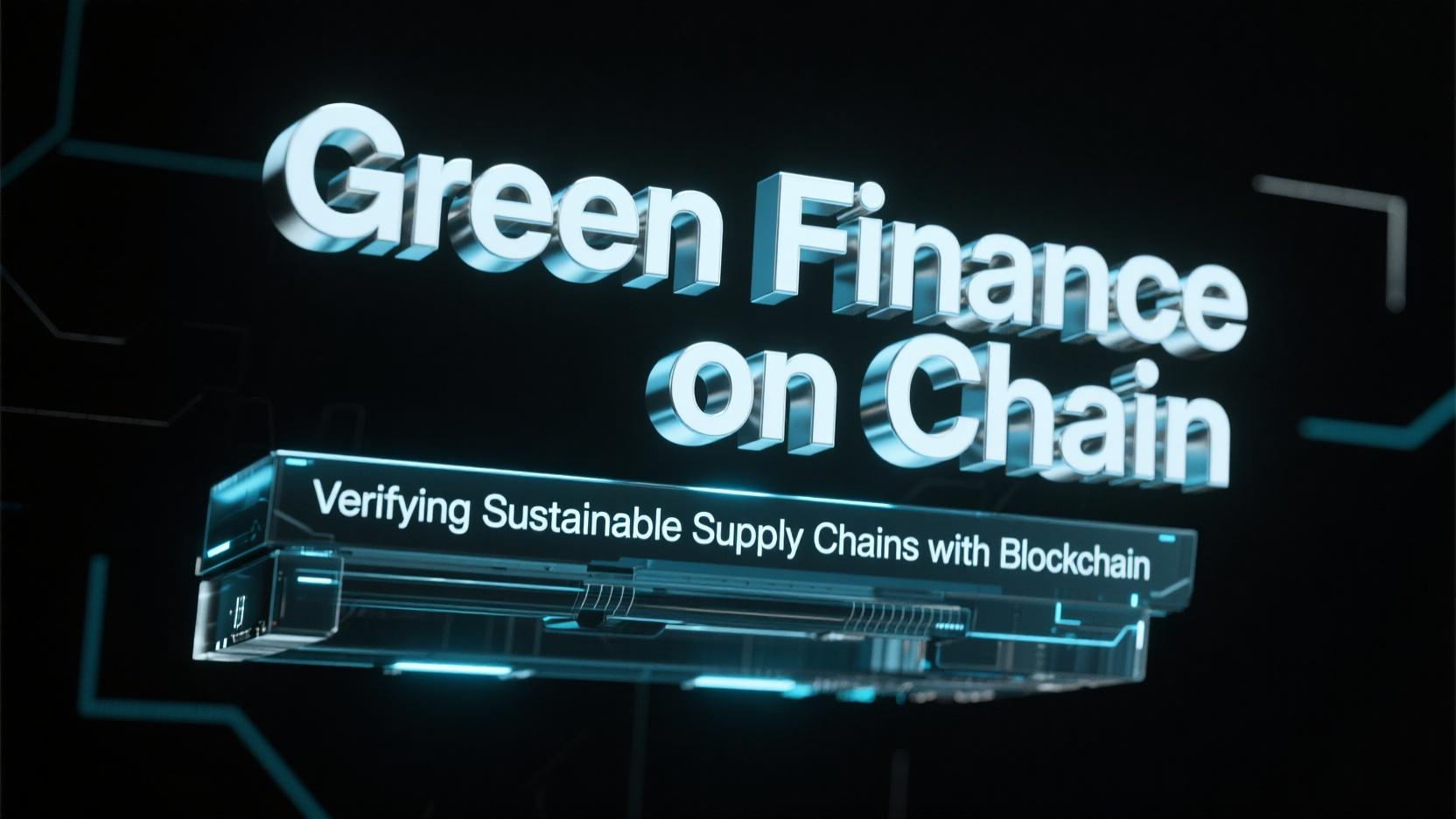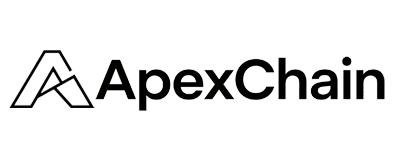From ESG Claims to On-Chain Proof: The Rise of Sustainable Supply Chain Finance
In the age of climate urgency and ESG regulations, corporations are under increasing pressure to prove their sustainability — not just promise it. But tracking carbon footprints and ethical sourcing across global supply chains remains a major challenge.
Blockchain is emerging as a powerful tool to bring transparency, traceability, and financial incentives to green supply chains.
The Problem: Sustainability Without Verifiability
Today, most “green” supply chain claims rely on:
Supplier self-reporting

Periodic third-party audits
Fragmented databases with poor accessibility
This system is opaque, slow, and vulnerable to greenwashing — where companies exaggerate their environmental performance.
Blockchain as a Digital Trust Layer for ESG
With blockchain, every step in a supply chain — from raw material extraction to final product assembly — can be:
Timestamped
Geotagged
Verified by IoT sensors or satellite imagery
Green credentials (like carbon offsets, renewable energy usage, or fair labor certifications) can be tokenized and attached to shipments as non-fungible attestations (NFAs), viewable by banks and buyers.
Real-World Use Case: Coffee Traceability in Colombia
A blockchain consortium led by a Latin American bank and a Swiss beverage company has digitized the supply chain of high-altitude coffee growers:
Farmers register harvest data on-chain using mobile apps.
Each coffee batch carries a digital certificate of organic compliance.
Exporters and roasters access real-time emissions reports and water usage data.
The result? Participating farmers receive preferential financing rates and early payment terms from green-focused lenders.
“It’s not just about transparency,” says Ana Rojas, head of sustainability at the bank. “It’s about turning good practices into tangible financial rewards.”

Challenges and Opportunities
Ensuring data authenticity from source (IoT or human input)
Aligning blockchain tools with regional ESG frameworks
Onboarding small producers into digital ecosystems
Still, companies that can verify their sustainability claims end-to-end will soon unlock better market access, lower financing costs, and stronger reputations.
Key Takeaway
Blockchain is turning sustainability from a PR claim into a verifiable economic asset. With green supply chain finance, doing the right thing is no longer just ethical — it’s bankable.
